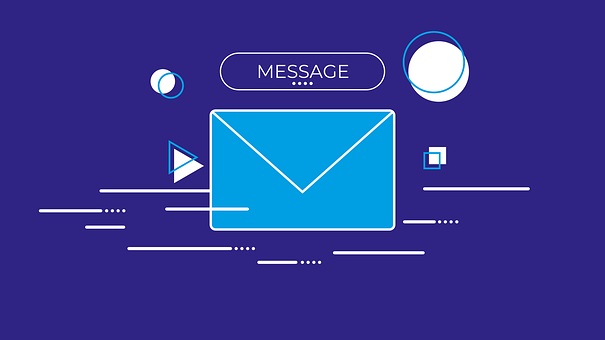Email deliverability essentials for e-marketing can be summed up in the three components of marketing automation: workflow, rules, and connectors. A workflow is a set of processes that guide a process from beginning to end. It usually consists of stages like design & development, market research & analysis, testing, and verification. Components on the other hand are groups of tasks that are related to each other. Some examples include back-end and front-end applications, integration & authentication, and web & desktop application.
In addition to workflow and component integration, we also have rules and standards in setting up and administering an email deliverability essentials lifecycle. Rules in this area usually deal with acceptable levels of personal information disclosure, the security of content, and the protection of customer data. An important rule is that a company should always protect the privacy of its customers. Also, standards in the area of security include the use of encryption, response codes, and tokenization.
Integrations are very important for email deliverability essentials as well. Examples of these are the application programming interfaces (APIs) that are usually used by sales representatives or webinar organizers to communicate with their prospects.
Another example is Adobe Connect – a connector tool that allows marketers to integrate digital marketing tools from Adobe’s website. Webinars can be augmented by adding videos, slide shows, content, and interviews from guest speakers in webinars. Thus, marketers can share videos from webinars and make available audio files from webinars for their prospects and customers.
Lastly, Mail tester essentials rules include the three most important components of successful marketing automation lifecycles. These are workflow, rules, and connectors. To better understand these elements, it is best to take a look at the following 6 must-know tips.
First off, email deliverability essentials need to address the ability of subscribers to unsubscribe. Without addressing the ability of subscribers to unsubscribe, marketers will find it difficult to maintain the opt-in email delivery process. For this reason, it is critical that marketers carefully select subscribers to whom they deliver the messages. Furthermore, marketers need to create rules to ensure recipients can unsubscribe from opt-in lists.
Always send your emails with your sender’s identification (SMID). This is one way of ensuring that the email is delivered to the right recipient. Also, a soft bounce back is an email service provider’s way of making sure that your email is delivered and opened by the recipient. When a subscriber clicks the “unsubscribe” button or a “pass out” link from the email that he/she received, his/her email address is forwarded to the server of the email provider where the email provider stores the email for a future offline attempt to deliver the email to the recipient.
Next, marketers need to address the ability of their subscribers to change contacts. Through lifecycle marketing, marketers track the effectiveness of marketing automation campaigns and can see which campaigns are effective and which are not. Marketers should be able to use the information from these campaigns to build email deliverability essentials. Finally, marketers should ensure that their processes allow recipients the option to unsubscribe from opt-in lists.



Comments are closed.